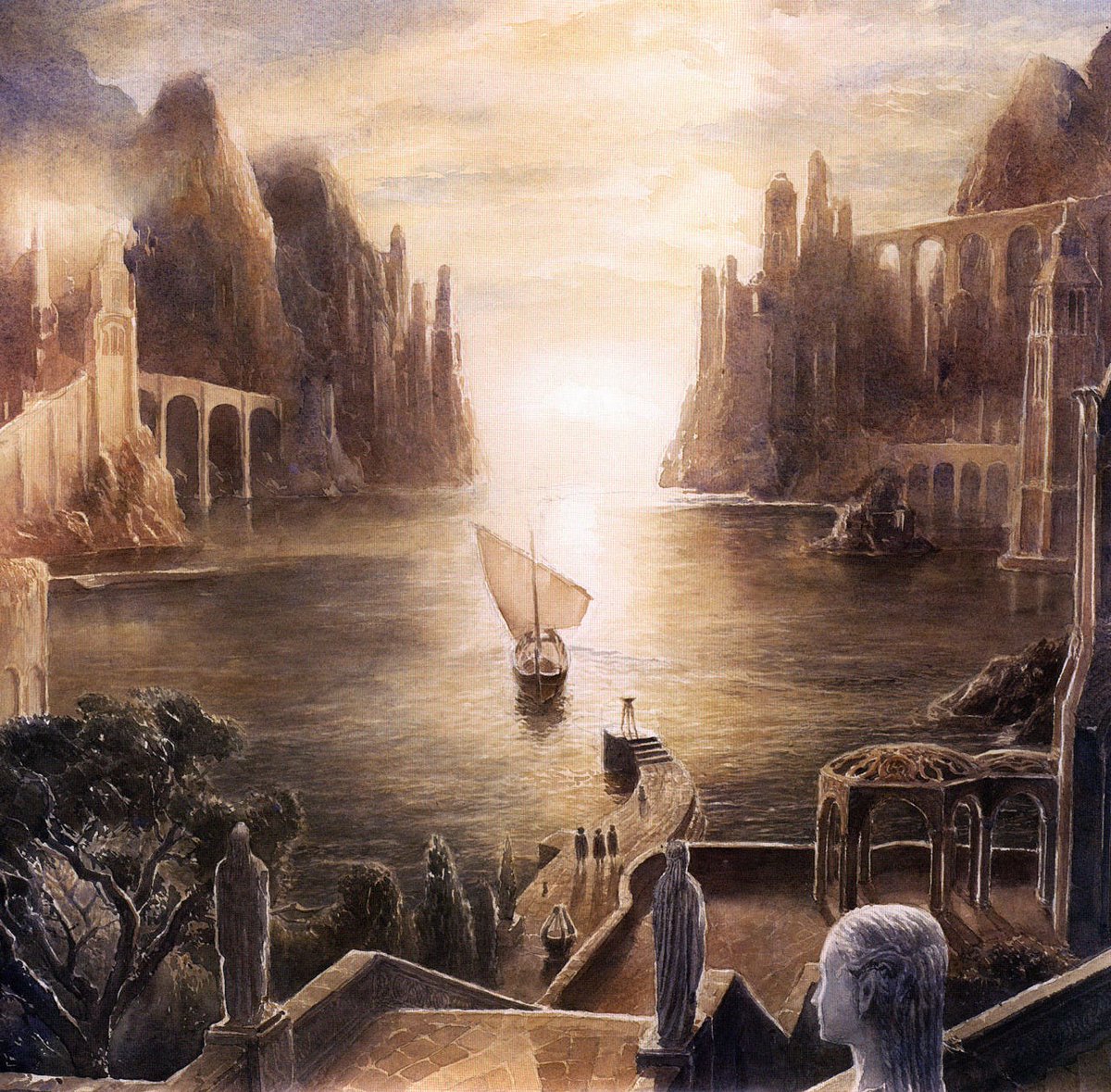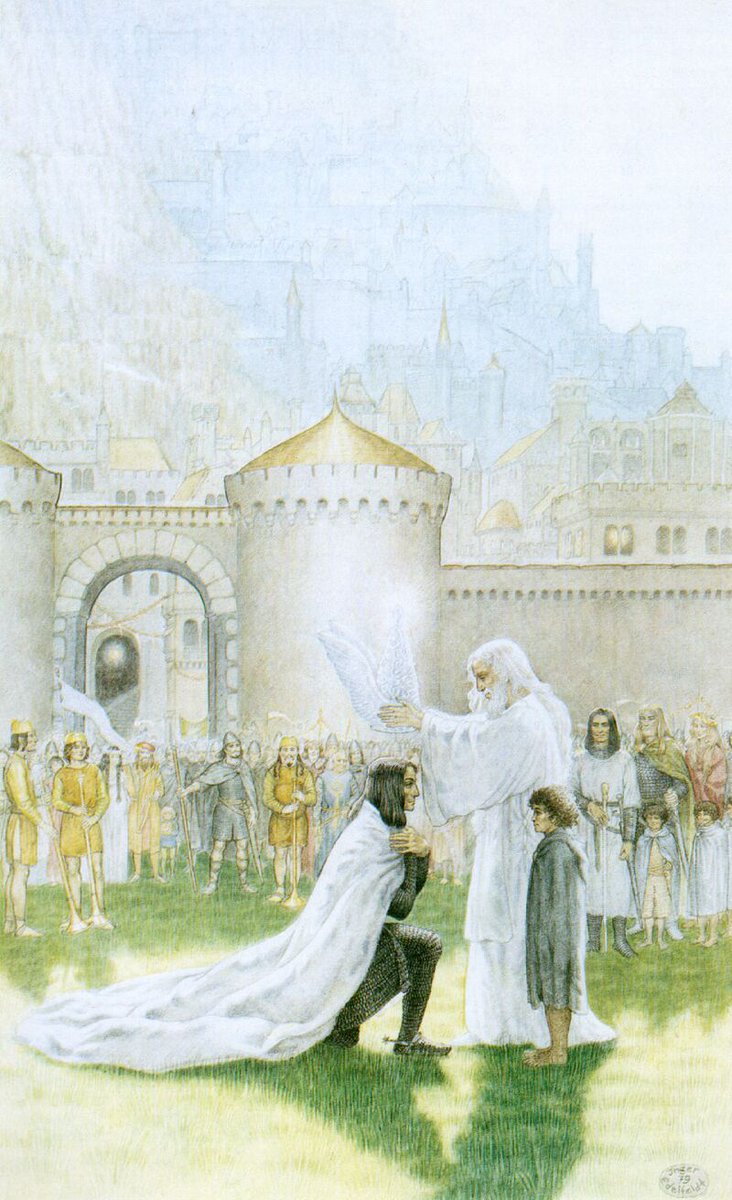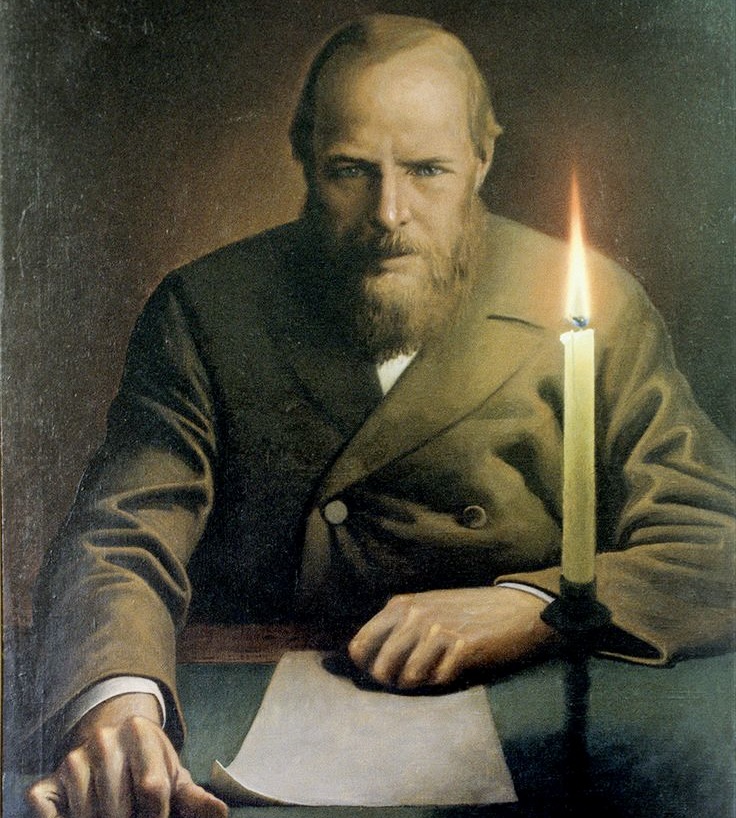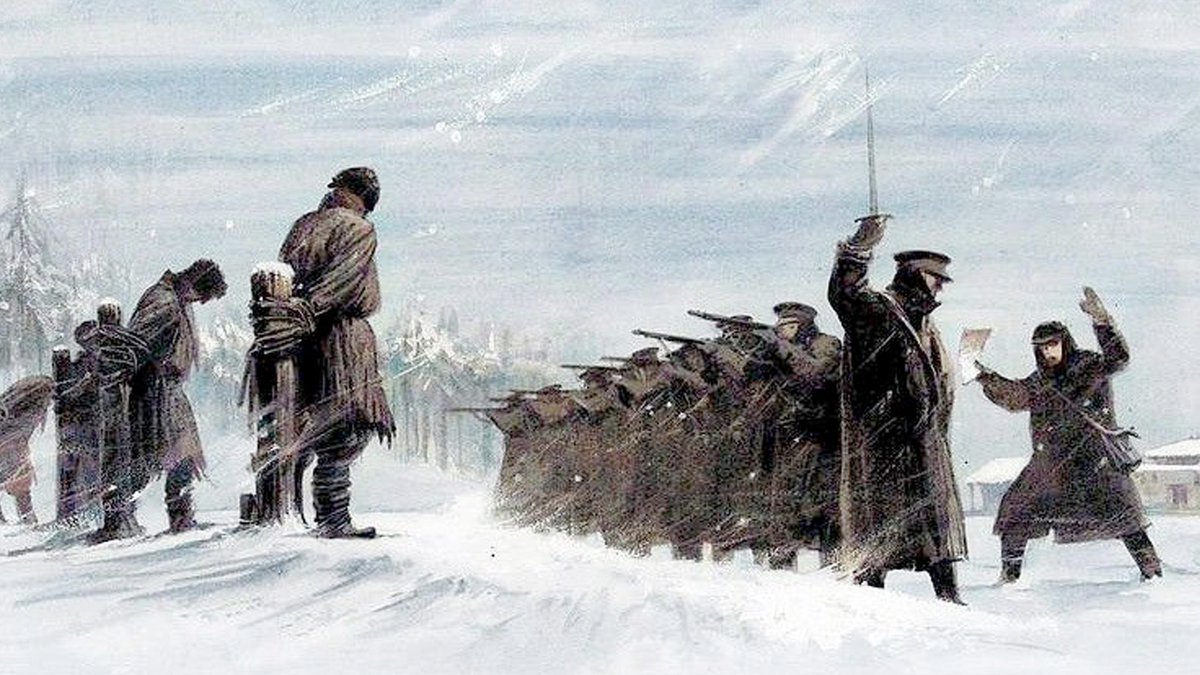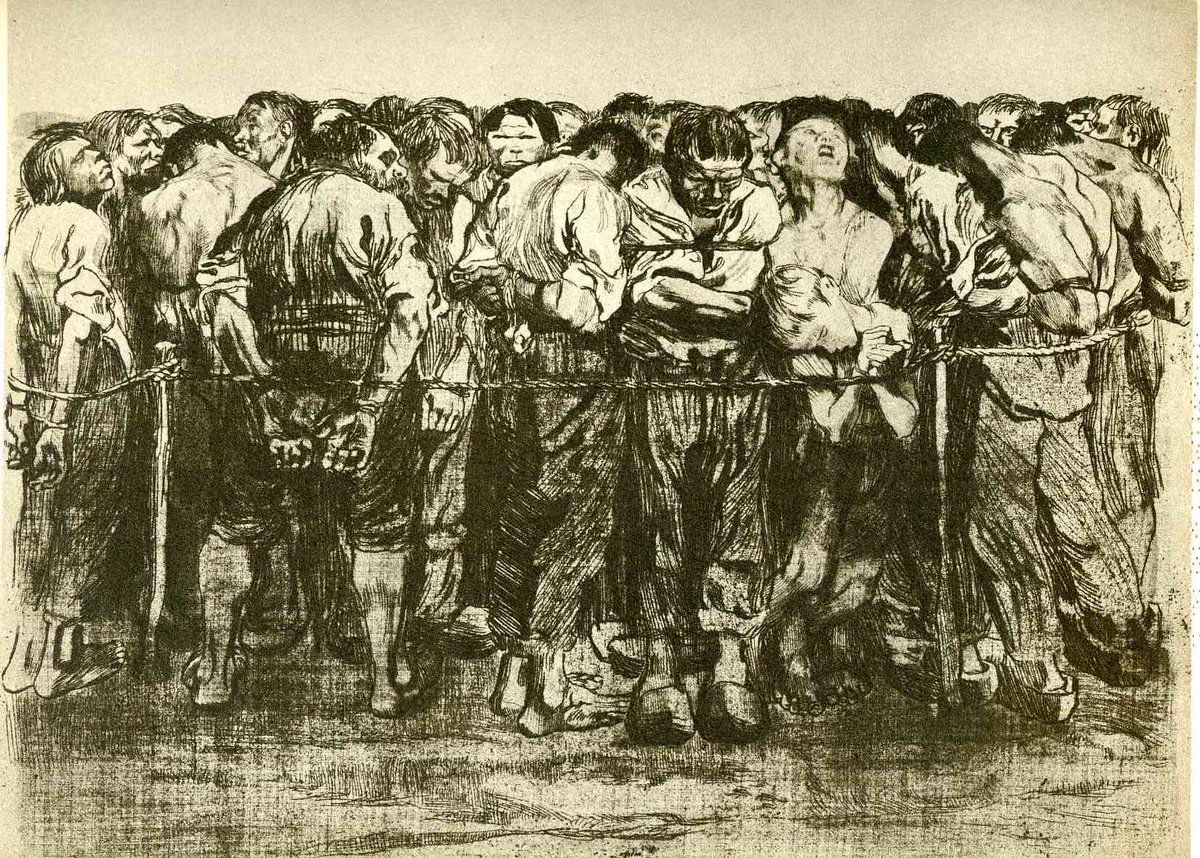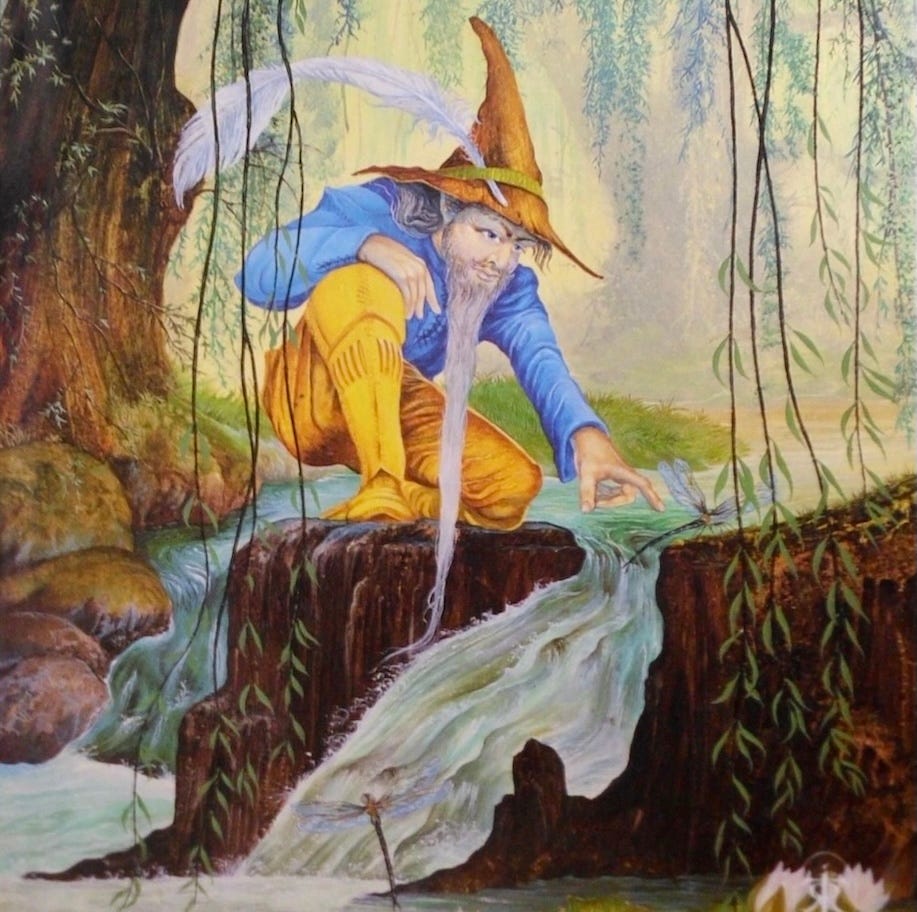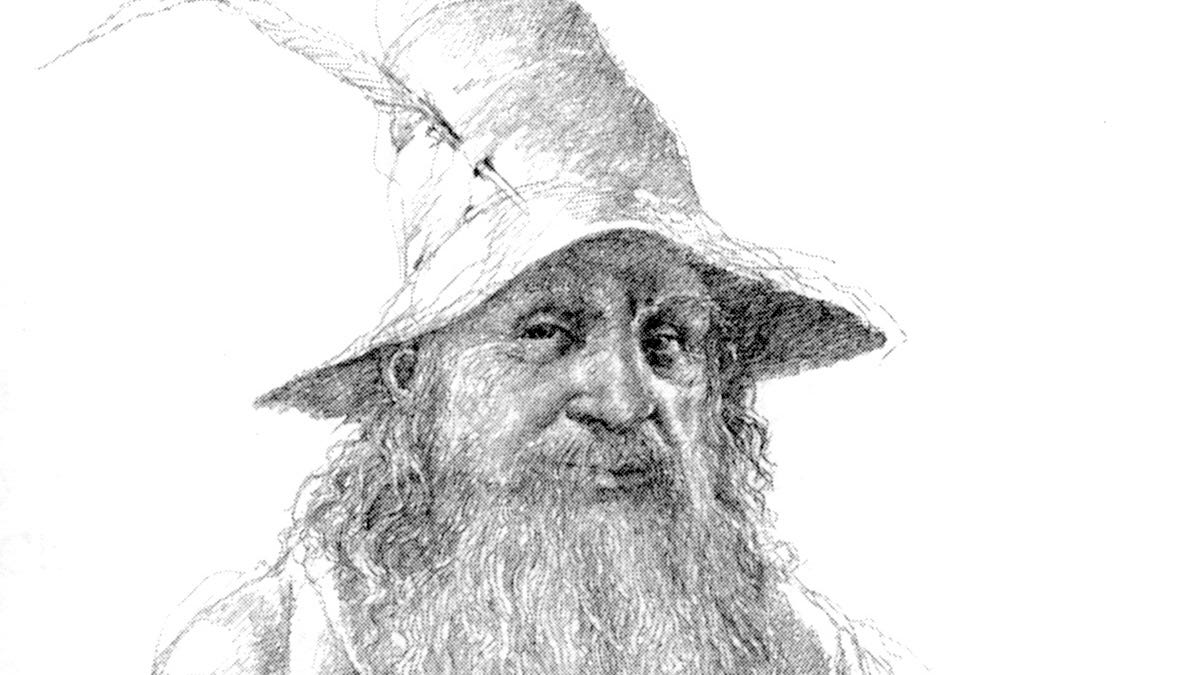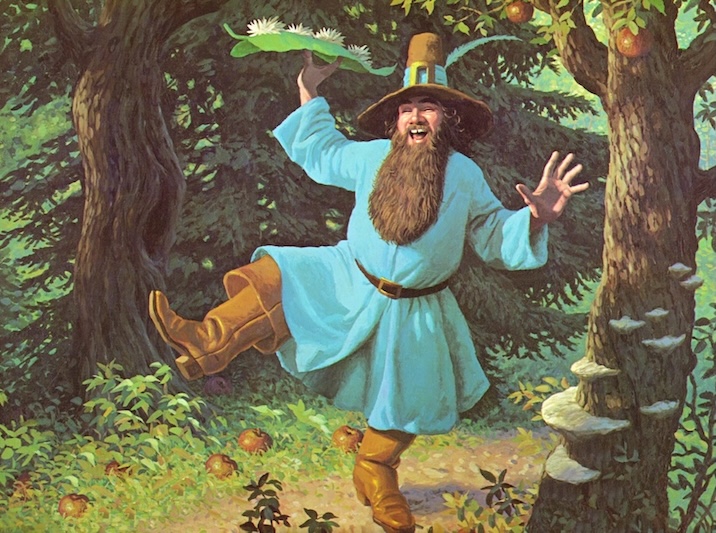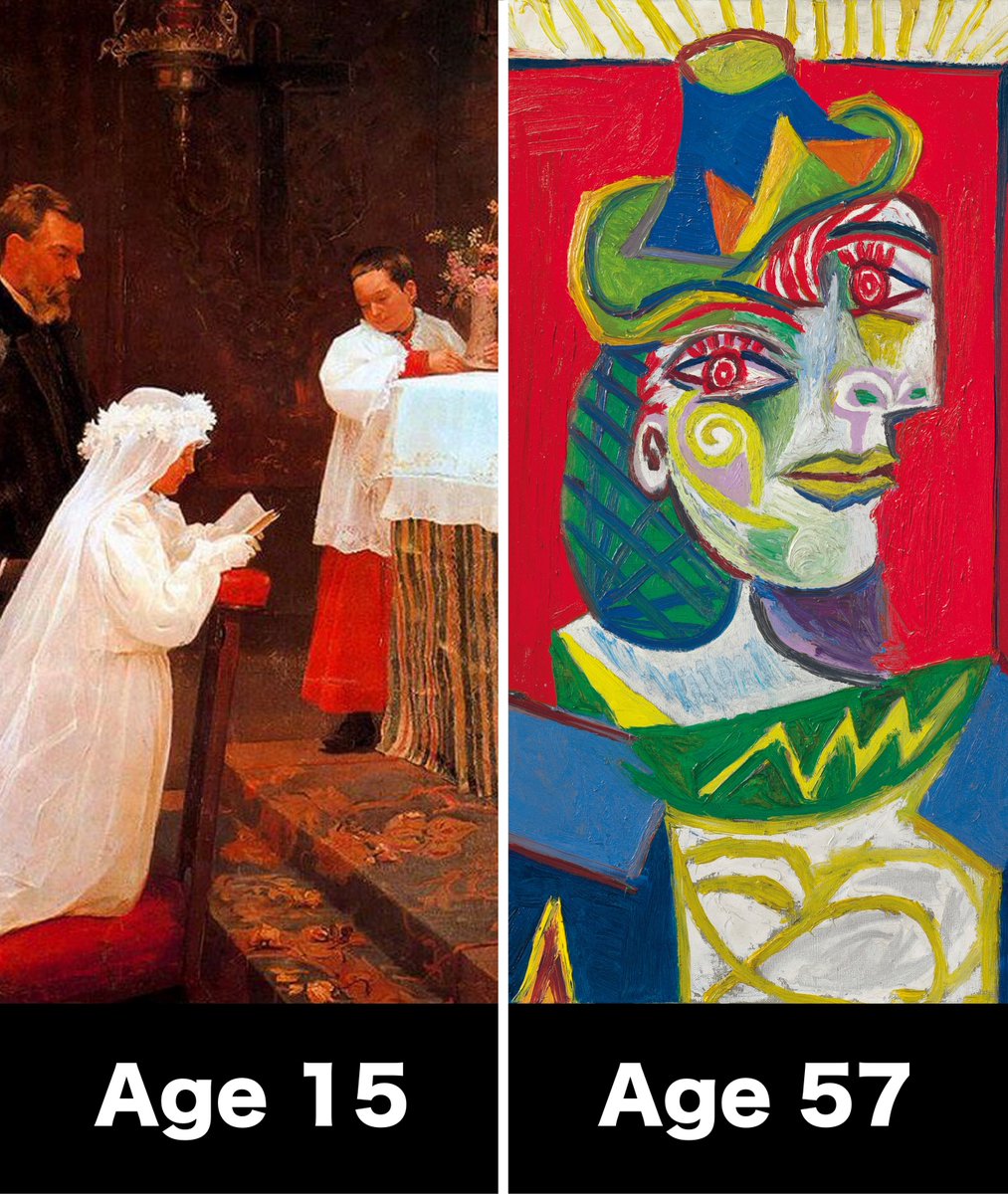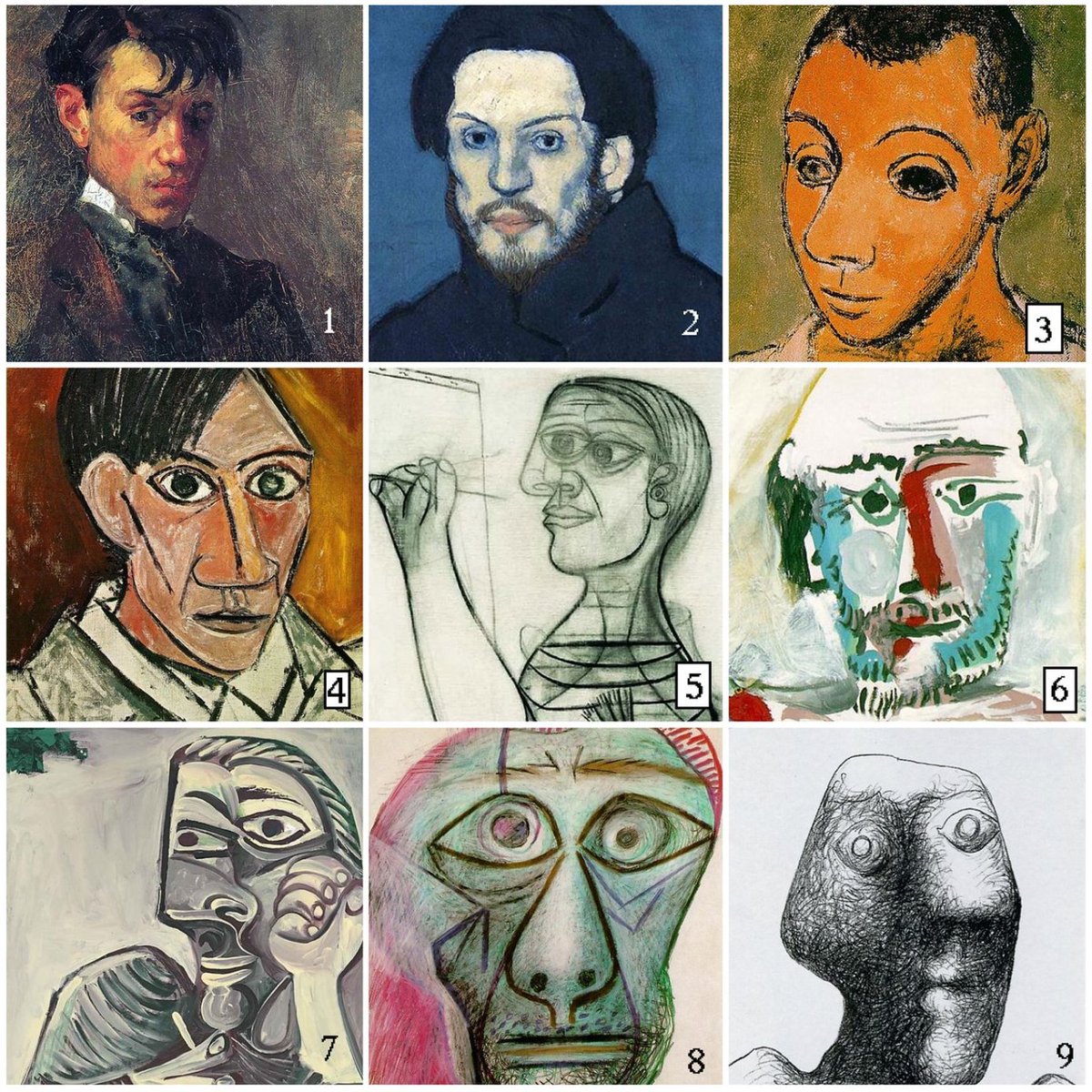You haven't seen complexity in art until you've seen this 600-year-old painting.
It's so detailed that modern medicine has been able to diagnose this man's exact type of blindness.
And that's where things get mind-bendingly strange — this whole thing is an illusion... 🧵
It's so detailed that modern medicine has been able to diagnose this man's exact type of blindness.
And that's where things get mind-bendingly strange — this whole thing is an illusion... 🧵

This is a 1436 painting by Flemish master Jan van Eyck, of Mary, Jesus, and saints.
You might think it's just an ordinary devotional painting — think again...
You might think it's just an ordinary devotional painting — think again...

As usual with van Eyck, the commitment to detail is astonishing. You can feel how heavy this carpet is, and see each individual thread.

Then there's all the iconography. Everything points to the theme of Christ's sacrifice.
On the left: Cain's murder of Abel, prefiguring Christ's death. On the right: the defeat of death — as in the sculpture of Samson and the lion.


On the left: Cain's murder of Abel, prefiguring Christ's death. On the right: the defeat of death — as in the sculpture of Samson and the lion.


And we get hints at the Garden of Eden: a bouquet of flowers, Baby Jesus holds a symbolic parakeet, and Adam and Eve are carved into Mary's throne.
But what's really interesting are the other people in the frame...
But what's really interesting are the other people in the frame...

On the left is St. Donetian, the patron saint of the church this painting was made for. Right is St. George, who seems to introduce Mary and Jesus to someone.
But who is this man on his knees?

But who is this man on his knees?


Well, this is the painting's commissioner, a wealthy clergyman named Joris van der Paele.
At first glance you may not think anything's wrong with him, but the details start to reveal otherwise...
At first glance you may not think anything's wrong with him, but the details start to reveal otherwise...

His face is so detailed that doctors have noticed: swollen temporal arteries, hair loss in front of his ear (indicating lack of blood flow to the scalp), and a divergent gaze.
This man has temporal arteritis — one of the few diseases that can lead to blindness...
This man has temporal arteritis — one of the few diseases that can lead to blindness...

Keep looking and you'll notice the feeble grip on his book and spectacles. This man is sick, and in the eve of his days.
But why include something as mundane as his spectacles?
But why include something as mundane as his spectacles?

It's partly an opportunity for more stunning detail (notice the distortion of the convex glass); but it's also a hint.
His earthly vision is failing — and what he's experiencing is an illusion...
His earthly vision is failing — and what he's experiencing is an illusion...

Joris has just come up from a passage in his prayer book, removed his glasses, and begun to meditate.
In his mind's eye, he sees the Virgin, Christ and the saints appear spectacularly before him...
In his mind's eye, he sees the Virgin, Christ and the saints appear spectacularly before him...
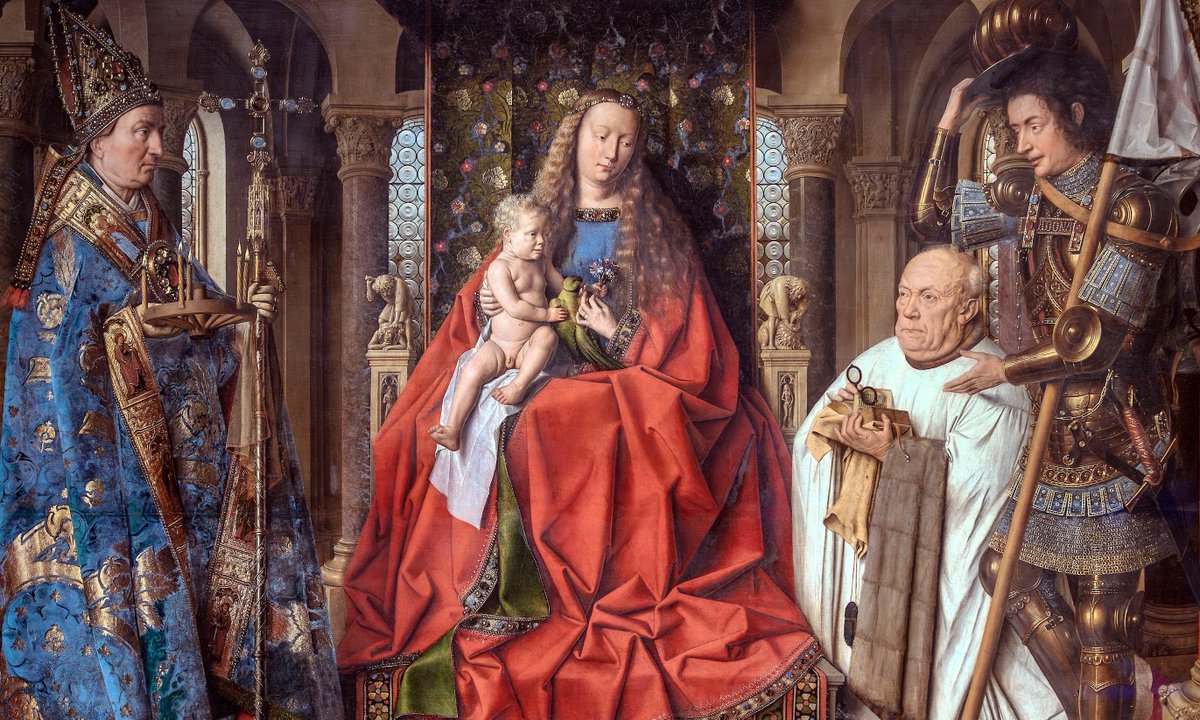
But more, Joris is on his knees in prayer, like he's seeking forgiveness.
In the 1400s, when this was painted, blindness was seen as a punishment for sexual immorality. So perhaps this is his moment of confession.
In the 1400s, when this was painted, blindness was seen as a punishment for sexual immorality. So perhaps this is his moment of confession.

But, if all this is a dream, how can St. George cast a shadow on Joris, and tread on his robe?
As yet, nobody has a good explanation for that — perhaps van Eyck is playing with our very perception of reality...
As yet, nobody has a good explanation for that — perhaps van Eyck is playing with our very perception of reality...

And on that note, there's one more mind-bending detail to consider.
Look very closely at St. George's armour and you'll find a faint, minuscule reflection...
Look very closely at St. George's armour and you'll find a faint, minuscule reflection...

Zoom in more. It's van Eyck himself.
From the reflection we can calculate he's standing about 1 meter away: exactly the distance he wants you, the viewer, to stand at — why?


From the reflection we can calculate he's standing about 1 meter away: exactly the distance he wants you, the viewer, to stand at — why?


Because van Eyck wants you truly immersed in the stupendous detail, and that's the optimal distance to view it from.
This painting isn't just about Joris's experience, it's about yours — and it's pulling you into the faith...
This painting isn't just about Joris's experience, it's about yours — and it's pulling you into the faith...

If threads like this interest you, I go deeper in my FREE newsletter — do NOT miss this week’s email!
87,000+ people read it: art, history and culture 👇
culture-critic.com/welcome
87,000+ people read it: art, history and culture 👇
culture-critic.com/welcome
One more amazing detail: that lettering around the frame might look like real engraving — it isn't.
It's just another illusion of van Eyck's paintbrush...
It's just another illusion of van Eyck's paintbrush...

If you enjoy these breakdowns, please give the initial post a retweet 🙏
And I'll keep doing more of them!
And I'll keep doing more of them!
https://x.com/Culture_Crit/status/1841469474416861548
• • •
Missing some Tweet in this thread? You can try to
force a refresh



